Sails.js for web development
Sails.js is a robust web development framework that runs on top of Node.js and uses JavaScript’s asynchronous […]
Sails.js is a robust web development framework that runs on top of Node.js and uses JavaScript’s asynchronous […]

Inheriting a server, whether as an inexperienced user or an experienced DBA, has many challenges. It’s very […]
More than 20 years ago, I wrote a book about SQL Injection and how dangerous it can […]

XML is a common storage format for data, metadata, parameters, or other semi-structured data. Because of this, […]
We are having a conference in Chattanooga, TN on Aug 16 and 17, the primary topics of […]

In the previous posts in this series (part 1, part 2, part 3), I described how I […]
One of the many ways a relational table differs from the file structures used by pre-relational storage […]
In the realm of relational databases, MySQL stands out as one of the most popular choices. Maximizing […]

In the previous parts of these MySQL optimization series, we told you how query optimization works on […]

In part 2 of this series, I showed an example implementation of distributing a long-running workload in […]
T-SQL Tuesday is something I don’t participate in nearly enough. When I saw Kevin Feasel’s invitation for […]

Over the years Power BI has evolved into a complex and varied ecosystem of tools and solutions, […]

Over the past years, “traditional” ETL development has morphed into data engineering, which has a more disciplined […]
PySpark is a powerful language for data manipulation and it’s full of tricks. Let’s discover some of […]

This article is part of Robert Sheldon’s continuing series on Mongo DB. To see all of the […]
Before I started as the editor of Simple Talk, I worked on SQL Server. Only. (Ok, I […]
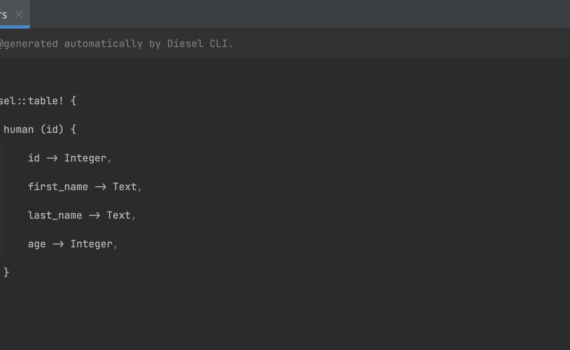
There are many packages and tools that you can use to facilitate your API development with Rust. […]
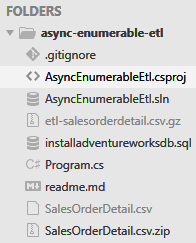
IAsyncEnumerable is a powerful interface introduced in C# 8.0 that allows you to work with sequences of […]

The first two articles in this series demonstrated how PostgreSQL is a capable tool for ELT – […]
In the first part of this two-part series, I covered the mostly non-technical aspects of building a […]
Let’s start by defining a subset and why you would require a data subset? When dealing with […]
I have been talking about Data Exploration in Power BI on many of my sessions, specially the […]
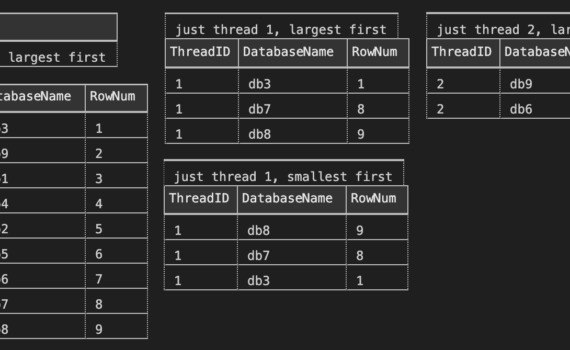
In my previous post, I showed how to borrow a snake draft concept from fantasy football, or […]

I recently had a restore job where I needed to split the work up into multiple parallel […]
Finally, mirroring is available for Fabric! You can mirror an Azure SQL to Fabric. It works for […]
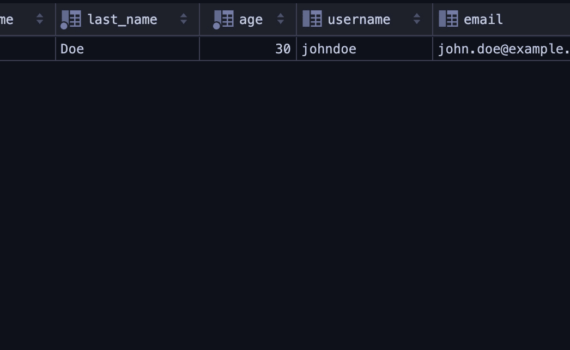
Rust is emerging as a frontrunner for ensuring memory safety without sacrificing performance. Its growing popularity isn’t […]
The most watched videos on my youtube channel are related to security. Azure SQL Networking Secrets and […]
In the first article in this transforming data series, I discussed how powerful PostgreSQL can be in […]
As a data professional, there is a set of tools that you use on pretty much a […]
Let’s consider a simple statement for partitioning and save a table in a lakehouse: df.write.mode(« overwrite »).format(« delta »).partitionBy(« Year », »Month », »Day »).save(« Tables/ » + table_name) […]

This article is part of Robert Sheldon’s continuing series on Mongo DB. To see all of the […]
In this article, I will discuss the history and thinking behind several types of logic that are […]
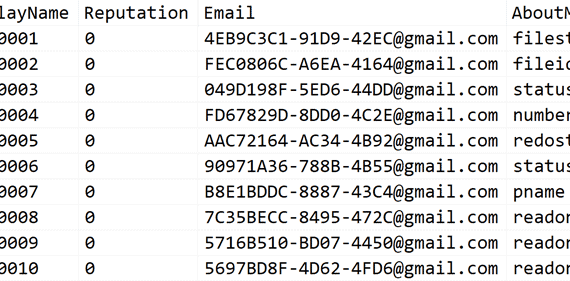
Pagination is a technique for limiting output. Think of Google search results, shopping the electronics category on […]
Ever wonder all the reasons that we use databases instead of file systems? While we don’t think […]
Editor note: The call for volunteer and speakers is open at on the Pass Data Community Summit […]
In our data hungry world, knowing how to effectively load and transform data from various sources is […]
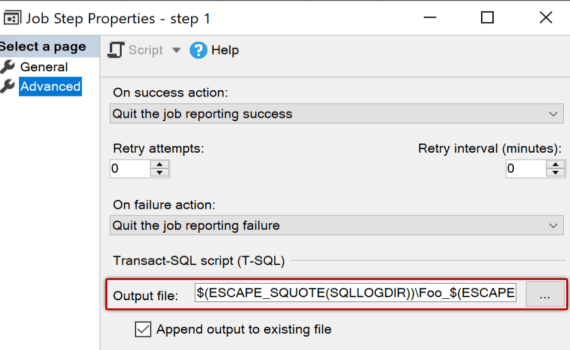
If you haven’t migrated your workloads to a managed database platform yet, you’re probably still relying on […]
On my article about Source Control with GIT, Power BI and Microsoft Fabric, I illustrate how to […]
It is time again for the PASS Data Community Summit Call For Speakers. Some of you are […]
Serverless authentication methods refer to approaches for managing user identity and access without the need for traditional […]
Editor note: The call for speakers is open at on the Pass Data Community Summit 2024 Site, […]
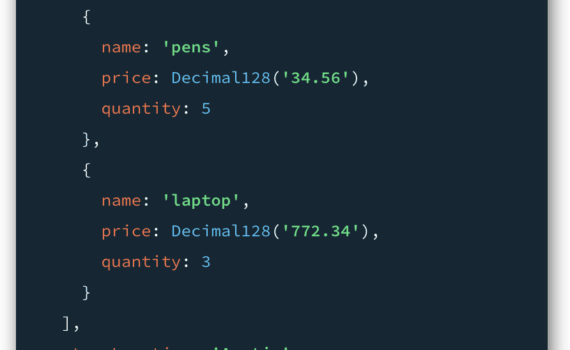
This article is part of Robert Sheldon’s continuing series on Mongo DB. To see all of the […]
One of the first things you learn when working with SQL Server, and other transactional based SQL […]
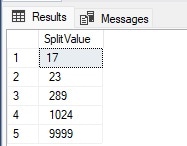
String manipulation is an inevitable task for developers and data professionals alike. Despite all the best efforts […]
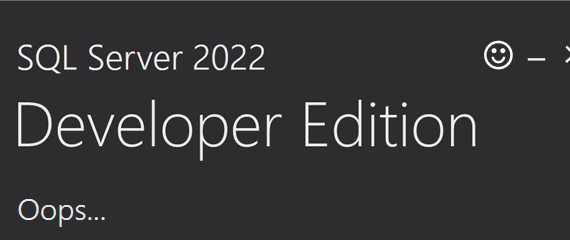
Lately, I’ve seen many people struggling to upgrade their workstation to the latest version of SQL Server. […]
In software development the concept of feature toggles are used to selectively turn on and off features. […]
One of the most useful constructs in SQL Server is the stored procedure. It gives you a […]
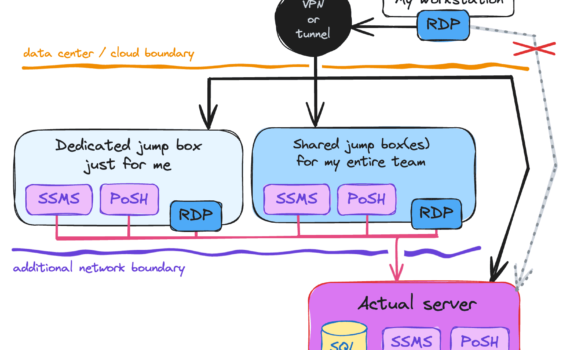
This is for the folks who still have to log into remote machines and do work manually […]
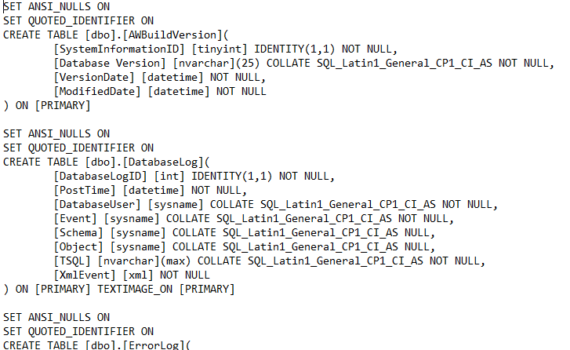
I was talking with a good friend that has an environment with terabytes of information and to […]
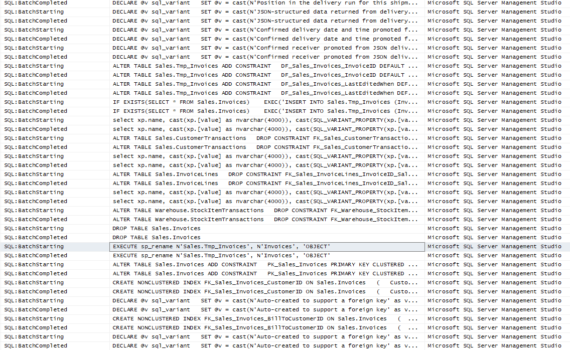
My motivation for writing this summary was an interaction with a project owner that didn’t understand why […]